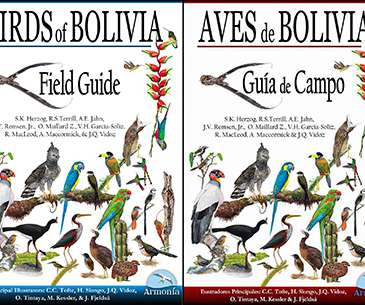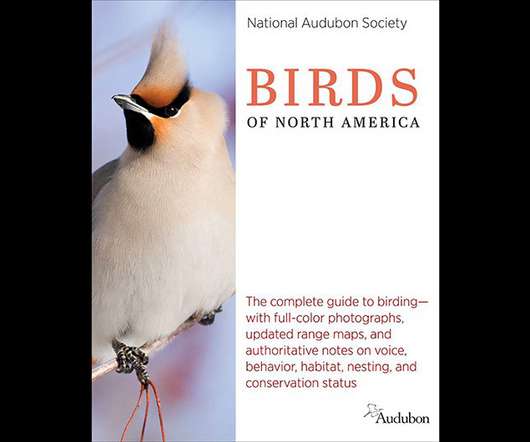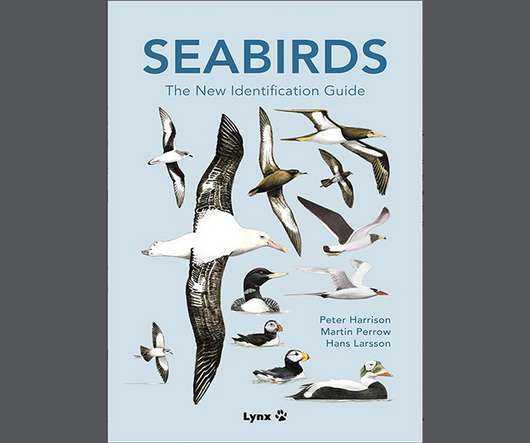Pied Oystercatcher breeding season starts early!
10,000 Birds
JULY 3, 2016
This is not surprising at all due to the fact that we have monitored the Pied Oystercatcher breeding success (or lack thereof ) since 2000 along a twenty three kilometre stretch of beach and it is very rare for any of the sixteen pairs to succeed. This pair of Pied Oystercatchers has been successful on one occasion and that was in 2012.



















Let's personalize your content